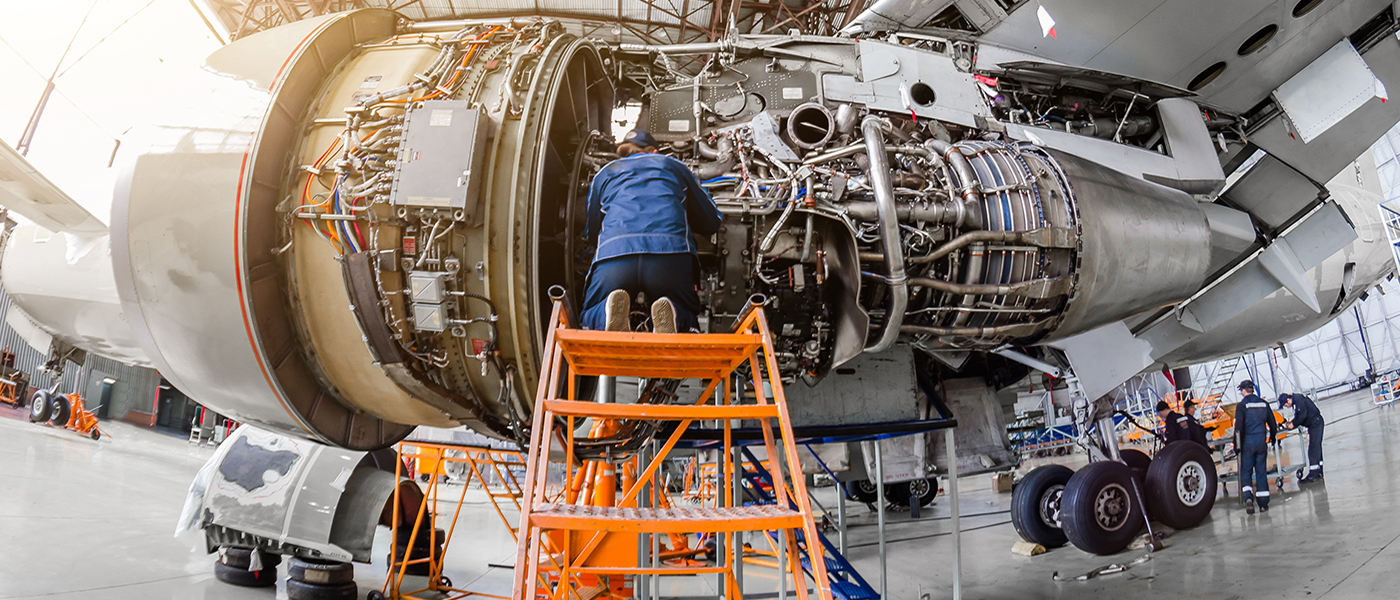Aerospace Engineering, inserted in the industrial engineering sector, deals with the design, production and management of vehicles able to fly within the earth’s atmosphere, those able to move outside it and any aeronautical product.
The Aerospace Engineer must have a comprehensive knowledge, must know how to integrate notions drawn from sometimes distant disciplinary fields and frame them in the general context for which the aircraft is designed; in fact, it is defined as system engineering. Both a solid preparation on methodological aspects and general subjects, both adequate and selected knowledge of the aerospace sector are necessary.
The cultural base of the aerospace engineer is therefore not specialized even if it includes many and various complex knowledge: even when it is used in a specialized context, it must be able to see the different aspects of a problem together. The course of studies proposes an interdisciplinary training including basic lessons and disciplines typical of the sector.
The student must also acquire competences that allow them to interact with colleagues who work in contiguous fields and to face the continuous request for innovation coming from the market. The training course is divided into several blocks:
- Scientific and methodological foundations: these include essential disciplines in engineering such as mathematics and basic sciences (physics and chemistry);
- Industrial and general engineering: includes the engineering base common to all engineers (in particular the industrial technical drawing, thermodynamics, machine mechanics, electrical engineering, electronics, materials science);
- Foundations of aerospace engineering: notions from specific fields such as flight mechanics, aerospace structures, on-board systems, aerodynamics and propulsion.
Furthermore, it deals with the issues of safety, reliability and sustainable development; of vital importance is also the knowledge of the legislation issued by national and supranational authorities of certification, regulation, control and surveillance in the field of aviation.
The aerospace sector requires a highly qualified workforce that is prone to innovation, due to the growing competition on the global market and the ever-increasing demands of international customers. The Degree Course aims to equip students with professional skills that allow them to:
- Operate in national and international industries in the sector;
- Managing relationships with institutions and space agencies;
- Relate to public and private bodies for research and experimentation.
The typical outlet of the graduate in Aerospace Engineering is in companies that deal with the design, construction or maintenance of aircraft and their components. Graduates will be able to perform professional roles in different areas: safety management in the prevention and emergency phase; risk analysis; the management, organization and assistance of technical-commercial structures; both in the profession and in companies or public administrations.
But also the field of research opens up to employment opportunities for Aerospace Engineers: in the last few decades, aerospace has been one of the most intense research sectors among the industrial sectors for developed countries. Furthermore, the figure of the Aerospace Engineer is also required in similar fields. It is prepared to carry out studies of energy production plants, collaborate in the design of land and sea vehicles, or large buildings and bridges.
Graduates must be aware that the reference scenario for future employment may not only be the national one, in fact the aerospace industry has in the last decade occupied over 350,000 employees, of which a good 10%, which attests our Nation to an appreciable position.
Finally we would like to remind you that the Aerospace Engineer does not “go to the moon”, as it is customary to think. Or rather, although many are also engineers, to become an astronaut you must pass very selective tests of general culture, concentration and understanding of the English language, physical and medical tests and finally technical-scientific interviews.
Tags: Aerospace Engineering, Engineering





Leave a Reply